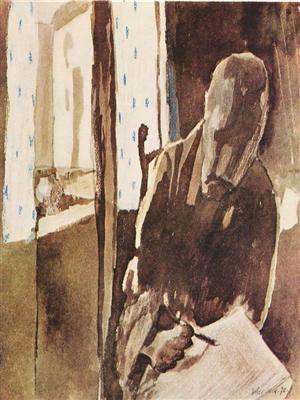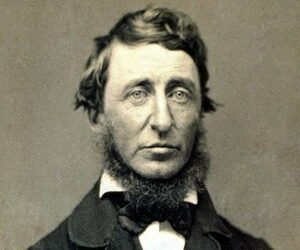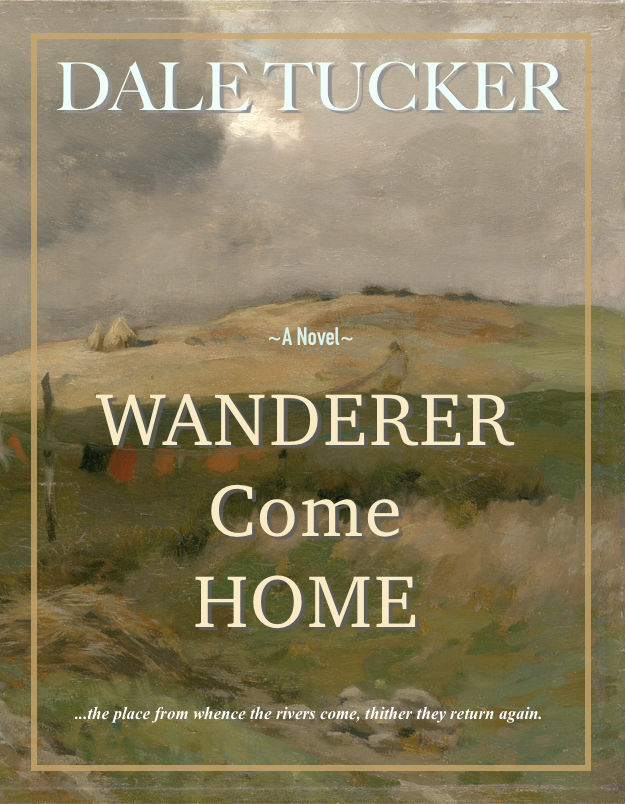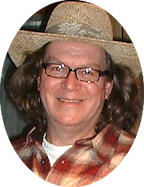Related to Writing, What Do You Mean by “Time Out”?
 If you’re a parent, you’re probably aware of the disciplinary concept of “time out.” If your child is misbehaving, you may decide he needs a time out in which case he is sent to his room or some other quiet place and his activities for a while are suspended. And we usually say to him something on the order of: “You need to think about your behavior and how it should improve.” But how does this strategy relate to writing? you may ask. But before explaining further, let’s look at something else, first: the unconscious mind.
If you’re a parent, you’re probably aware of the disciplinary concept of “time out.” If your child is misbehaving, you may decide he needs a time out in which case he is sent to his room or some other quiet place and his activities for a while are suspended. And we usually say to him something on the order of: “You need to think about your behavior and how it should improve.” But how does this strategy relate to writing? you may ask. But before explaining further, let’s look at something else, first: the unconscious mind.
Have you ever gone to bed at night with a problem on your mind and then in the morning, as soon as you wake, the answer to your problem suddenly leaps into your consciousness and it’s a perfect solution? It has happened for me many times and that’s the unconscious mind at work. So how does it happen? Now, I am not a scientist nor am I a psychologist so my answer to this is not based necessarily on empirical evidence though I have read about it, somewhat. But here’s the way I think about it: The brain has at least two states of consciousness. Waking consciousness, of course, is when we are awake and our thoughts are like a continuous stream of internal language (one we understand, of course). Our brains seem to talk to us all the time we are awake. I’ve heard it referred to as “waking consciousness” or commonly known as “thinking.”
But there is a second type of “thinking” or consciousness going on in our brains and it is sometimes referred to as the “unconscious mind.” I usually call this type of consciousness “my intuition.” And here are some things I’ve learned about the unconscious mind, or intuition, over the years: It never turns off. But most of the time, it is silent so I’m not aware of its presence nor of its workings. When it does talk to me, it mostly uses pictures and symbolism (like in dreams) or it speaks in a sudden flash of insight, like an apple falling from the sky. And intuition loves to solve problems. So here is where I can relate it to writing.
Writing fiction is nothing if not a huge ball of situational problems that need solving. The question is: Is there a way to harness my unconscious mind in order to solve some of the more difficult writing problems? The answer is Yes!
So, how do we do it? You can use your unconscious mind to solve writing conundrums by giving your writing a time out. Here’s what I mean:
Some days the writing is no good. For me, I know it’s no good when I have to rewrite a single sentence three or four times and, at the end, I’m still not satisfied. When the writing is bad, I just can’t get into the flow: I stumble, I backtrack, I debate over whether a scene is good or not, the dialogue gets weighty—overwritten. And when the writing is no good, I’m most afraid that, on a different day when my brain is clear, I will read the passage again and hate it and feel as if it has taken the whole narrative down the wrong path. Has this ever happened to you?
So I have finally learned that on bad writing days I need to give my writing a time out—a break. On those occasions, what I usually do instead of writing is cook! I love cooking because it turns on my intuition. I may follow a recipe but my intuition seems to jump in and throw out ideas as to how to make the recipe better or suit it to my palette on that particular day. And cooking, for me, is fun! I never plan when I cook; I just cook.
Obviously, cooking won’t work for everyone. But what other activity—physical activity—do you do that does for you what cooking does for me? Let’s call that a “complementary activity.” Perhaps for you, the complementary activity is painting or dancing to music or mopping floors. It doesn’t matter what the activity is so long as it’s physical and it puts you in a Zen state of mind—complete absorption in the task you are doing.
And what happens while I’m playing in the kitchen? Well, my intuition is multitasking! Not only is it having fun helping me come up with something good to eat but it is also working on my writing riddles and devising new ideas for me to consider. At the same time, my waking consciousness is resetting, so that tomorrow or the day after, when I return to my writing project, my brains are clear again and I can read a sentence once and know exactly how to fix it. And I can write fluently without fighting the language.
Maybe you have a similar trick for resetting your brain; please share it with us by writing a comment below. Or if you have a question or some other problem with your writing you’d like to discuss, please do mention it in the comments.
Well, until tomorrow, I’ll say so long and wish you good writing.
Dale
 Many years ago, I was writing my first, first novel (which was never finished nor published). Every free day I had, I’d visit my favorite coffee shop, find a comfortable nook, and continue working, with my laptop, on the chapter at hand. One day some artist friends of mine stopped in at the coffee shop and we chatted and I told them about what I was doing.
Many years ago, I was writing my first, first novel (which was never finished nor published). Every free day I had, I’d visit my favorite coffee shop, find a comfortable nook, and continue working, with my laptop, on the chapter at hand. One day some artist friends of mine stopped in at the coffee shop and we chatted and I told them about what I was doing. Good Morning! Well, let’s get right to it, shall we?
Good Morning! Well, let’s get right to it, shall we? Writing Talk, What Is It?
Writing Talk, What Is It? I have been told I over-think things, but at least I think about them. I am a stubborn non-juggler which means I do one thing at a time. I’m a tireless worker when the work interests me but an insufferable procrastinator when it doesn’t. I ask too many questions because I love learning. I enjoy the company of others but in small doses. I can’t breathe without a certain amount of solitude. I distrust authority mainly because it has never proven trustworthy. I believe in undying loyalty but not blind loyalty. I spring from peasant roots of which I am proud.
I have been told I over-think things, but at least I think about them. I am a stubborn non-juggler which means I do one thing at a time. I’m a tireless worker when the work interests me but an insufferable procrastinator when it doesn’t. I ask too many questions because I love learning. I enjoy the company of others but in small doses. I can’t breathe without a certain amount of solitude. I distrust authority mainly because it has never proven trustworthy. I believe in undying loyalty but not blind loyalty. I spring from peasant roots of which I am proud.

 Henry David Thoreau
Henry David Thoreau I was age 51 when I found myself facing a personal crisis of sorts. It was winter and I was walking the levee in the community where I lived. I remember it being a very cold day. The crisis was that I did not know where my life was going and I felt that up until that point I had wasted my life—not for lack of trying but because it seemed that everything I had tried failed. The river beside which I walked and the sky overhead both were gray, as were the dry hills around me. The setting reflected my mood.
I was age 51 when I found myself facing a personal crisis of sorts. It was winter and I was walking the levee in the community where I lived. I remember it being a very cold day. The crisis was that I did not know where my life was going and I felt that up until that point I had wasted my life—not for lack of trying but because it seemed that everything I had tried failed. The river beside which I walked and the sky overhead both were gray, as were the dry hills around me. The setting reflected my mood.



